Amazon Q Developer 是亚马逊推出的一个专为专业开发人员设计的人工智能助手,旨在提升代码开发和管理效率。其主要功能包括代码生成、调试、故障排除和安全漏洞扫描,提供一站式代码服务。
Amazon Q Developer 基于亚马逊云科技 17 年来积累的知识和经验训练而成,在帮助开发人员构建和开发基于亚马逊云的应用时,能够更好地体现其优势——可以为用户创建更加准确的云基础设施代码。为了展现这一独特优势,本文将以典型的亚马逊云基础设施构造需求为主题,展示 Amazon Q 在加速亚马逊云基础设施构建方面的具体实践。
构造符合生产需要的 VPC(Virtual Private Cloud)
VPC 是一个虚拟网络服务,允许用户在云中创建隔离的网络环境,自定义 IP 地址范围、配置路由和设置网络网关,实现资源的安全隔离与灵活管理。当用户第一次使用亚马逊云时,每个 Region 都会有一个默认的 VPC,通常包含 3 个公开子网,然而这样的 VPC 通常无法满足应用架构的生产需要,如良好的网络隔离性和安全性等要求。创建一个符合生产要求的 VPC 并非易事,它需要专业的网络规划能力,同时还要熟悉亚马逊云控制台的操作。而有了 Amazon Q Developer,这项工作会变得非常简单。
架构
一个符合生产需要的 VPC 架构,通常如下图所示。
需求描述
3 个可用区(AZ),满足工作负载对跨可用区(AZ)网络高可用的需要。
每个可用区(AZ)内均有一个公开子网,方便面向公网的跳板机,和负载均衡器等必须放在公开子网里的资源的硬性要求。
每个可用区(AZ)内均需要规划多个不同用途的私有子网,分别用来为工作负载,数据库,以及中间件预留分配足够的 IP 地址。同时,每类子网都规划了不同的 IP 容量,以充分利用资源,并为将来扩容留出足够的余量。
另外,所有私有子网的工作负载,都有访问公网的需要,以便于满足对外发送数据的需要,或者操作系统升级等联网需求。
传统方法
需手工在控制台创建。但这种方式,开发者必须理解所有细节,不但工作量大,而且很容易出错。
现代方法
可以利用亚马逊云科技提供的 CDK,用 IaC(Infrastructure as Code)的方式来通过创建 CDK 代码工程,以创建和维护资源。
Amazon Q Developer 的方式
Amazon Q Developer 实践
用自然语言,将需求以自然语言描述如下:
create a vpc, meeting below requirement:- named "Q-VPC"- cidr:10.0.0.0/16- in each AZ, there're 4 subnets. - one subnet for jumpserver, the prefix is "pub_", 64 ips in total. - one subnet for db, the prefix is "db_", 256 ips in total. - one subnet for middleware, the the prefix is "mw_", 256 ips in total - one subnet for workload, the prefix is "wk_", 8192 ips in totial.- totally 3 AZs.- only one natgateway.- a python based cdk project.
复制代码
使用 Amazon Q 里的 Chat Window 里,输入上述提示词,Amazon Q 将会返回详细的代码建议,如下图所示。
可以看到 Amazon Q 可以很好地理解需求,并精准的计算出了每个子网的掩码,要知道在过去要做到这一点,开发者要自己去计算才能设计得出来。
开发者可以充分利用这种和 Amazon Q 的“交谈”机制,不断审视 Amazon Q 的输出,进而不断进行代码的修正/变更,往往这个交谈的过程会持续多次,直至最终形成比较满意的结果。
当反复交谈,得到了最终满足需要的提示词,即可在 Chat 窗口里输入/dev 并回车,使 Amazon Q 进入智能体模式,然后将上一个步骤的最终提示词输入后并回车,Amazon Q 将真正进行编码工作,在指定的目录里,创建出建议的 CDK 代码,如下图所示。
执行 cdk deploy 来进行代码部署,并打开控制台进行验证。如下图所示。
可以很清晰地看到,CDK 精准地创建了满足要求的资源。一个基本满足生产需要的 VPC 网络就这样搭建成功了。
结论
Amazon Q 仅用几轮自然语言对话,即可创建满足复杂要求的亚马逊云资源的创建要求,大大提升了工作效率。
构造 CDN(CloudFront + S3)
快速构造一个内容分发网络。
架构
需求描述
传统方法
全部操作都需要手工在控制台创建,不但繁琐而且容易出现错误,并且操作都是一次性的,无法再次复用。
现代方法
利用亚马逊云科技提供的 CDK 来创建 CloudFront 和 S3,并编写 CDK 代码来满足上述需求。但每个亚马逊云资源的 CDK 具体编写代码都有不同,需要翻阅开发文档,或者寻找类似的样例代码去进行修改、并需要反复调试,效率很低,费时费力。
Amazon Q Developer 的方式
用自然语言的方式,交代给 Amazon Q,让后者去处理所有细节,编写出准确、高效的 CDK 代码。
Amazon Q Developer 实践
用自然语言,将需求描述如下。
create a cloudfront, meeting below requirement:- a S3 bucket as origin- there's a test text file named abc.txt, being put in s3 bucket- print full test url in the end of cdk deploy.
复制代码
创建一个目录,例如 cf-s3,并使用 IDE(本例为 IntelliJ IDEA),对于本例,由于 任务的复杂度比较低,所以可以尝试直接用/dev 功能(智能体),在 Amazon Q 里的 Chat Window 里,先键入/dev,然后输入上述提示词,如下图所示。
Amazon Q 将询问代码创建的位置,选择刚才新创建的目录后,点 Retry,Amazon Q 即开始工作,然后点 Accept all,即可创建一个标准的 CDK 工程,完整结构如下图所示。
可以看到 Amazon Q 很好地理解了需求,包括测试所需要的文本文件(含内容)都给创建好了! CDK 关键代码如下图所示。
执行 cdk deploy 来进行代码部署,如下图所示。
部署结束之后,CDK 打印出来了完整的测试所需要的 CloudFront distribution 的 URL,粘贴这个 URL 到浏览器中进行测试,如下图所示。
粘贴这个 URL 到浏览器中进行测试,如下图所示。
结论
寥寥几行描述,Amazon Q 便完成了内容分发网络的 CDK 代码编写。虽然这个用例相对简单,但用 Amazon Q 来实现,毫无疑问会更简单!
构造经典的 Amazon Serverless 后端应用
本例将展示在 Amazon Q 的助力之下,如何快速实现一个经典的 Amazon 无服务架构后端,该后端包含 APIGateway + Lambda + DynamoDB,且 APIGateway 上提供的 RestAPI 需要经过 Cognito 鉴权才能正常访问。
架构
需求描述
创建一个受到 Cognito 鉴权保护的 Amazon APIGateway。
Amazon APIGateway 对接 Amazon Lambda,后者来实现真正的业务需求。
创建一个 Docker Image 作为实际实现的 Amazon Lambda,并在代码中实现对 DynamoDB 的 CRUD 操作。
编写测试代码测试上述接口(模拟真实客户端的行为)。
传统方法
全部操作都需要手工在控制台创建,繁琐程度超过前两个用例所需总和的数倍,即使是经验丰富的亚马逊云的从业人士,也要花费很多时间来进行调整和验证。
Amazon Q Developer 的方式
用自然语言的方式交给 Amazon Q 来处理,简化所有流程,快速直达结果。
Amazon Q Developer 实践
用自然语言,将需求描述如下(请注意,本次提示词较上两次更加贴近于高层业务而非技术细节)。
requirements:I need a suite of serverless application, includes:1) apigateway, provides restapi, integration with lambda, requires integration with cognito.2) a lambda function base on docker, as backend.3) dynamodb is the storage.4) a cdk project to deploy all of above components.please create full framework code, in a well done project structure.
复制代码
创建一个目录,例如 qdev,并使用 IDE(本例为 IntelliJ IDEA)尝试直接使用/dev 功能(智能体)——在 Amazon Q 里的 Chat Window 里,先键入/dev,然后输入上述提示词,如下图所示。
Amazon Q 将询问代码位置,选择刚才新创建的目录后,点 Retry,Amazon Q 即开始工作,然后点 Accept all,即可创建一个标准的 CDK 工程,完整结构如下图所示。
可以看到 Amazon Q 很好地理解了需求,完全依照要求创建出来了 CDK 工程,其中最关键的创建亚马逊云资源的代码如下图所示。
from aws_cdk import ( Stack, aws_apigateway as apigateway, aws_lambda as lambda_, aws_dynamodb as dynamodb, aws_cognito as cognito, aws_iam as iam, Duration, RemovalPolicy)from constructs import Construct
class ApiStack(Stack): def __init__(self, scope: Construct, construct_id: str, **kwargs) -> None: super().__init__(scope, construct_id, **kwargs)
# Create Cognito User Pool user_pool = cognito.UserPool( self, "UserPool", self_sign_up_enabled=True, auto_verify=cognito.AutoVerifiedAttrs(email=True), standard_attributes=cognito.StandardAttributes( email=cognito.StandardAttribute(required=True, mutable=True) ) )
# Create Cognito App Client client = user_pool.add_client("app-client", auth_flows=cognito.AuthFlow(user_password=True) )
# Create DynamoDB table table = dynamodb.Table( self, "ItemsTable", partition_key=dynamodb.Attribute( name="id", type=dynamodb.AttributeType.STRING ), removal_policy=RemovalPolicy.DESTROY, billing_mode=dynamodb.BillingMode.PAY_PER_REQUEST )
# Create Lambda function using Docker backend_function = lambda_.DockerImageFunction( self, "BackendFunction", code=lambda_.DockerImageCode.from_image_asset("./lambda"), memory_size=1024, timeout=Duration.seconds(30), architecture=lambda_.Architecture.ARM_64, environment={ "DYNAMODB_TABLE": table.table_name } )
backend_function.role.add_managed_policy( iam.ManagedPolicy.from_aws_managed_policy_name("AmazonBedrockFullAccess"))
# Grant Lambda function permissions to access DynamoDB table.grant_read_write_data(backend_function)
# Create API Gateway with Cognito Authorizer api = apigateway.RestApi( self, "ServerlessApi", rest_api_name="Serverless API", description="Serverless API with Cognito authentication" )
authorizer = apigateway.CognitoUserPoolsAuthorizer( self, "ApiAuthorizer", cognito_user_pools=[user_pool] )
api.root.add_method( "ANY", apigateway.LambdaIntegration(backend_function), authorizer=authorizer, authorization_type=apigateway.AuthorizationType.COGNITO )
items = api.root.add_resource("items") items.add_method( "ANY", apigateway.LambdaIntegration(backend_function), authorizer=authorizer, authorization_type=apigateway.AuthorizationType.COGNITO )
items.add_resource("{proxy+}").add_method( "ANY", apigateway.LambdaIntegration(backend_function), authorizer=authorizer, authorization_type=apigateway.AuthorizationType.COGNITO )
复制代码
仔细阅读这段 CDK 代码,可以清晰地看到所有资源的创建,以及复杂的关联关系的建立,还有各种 IAM 授权,都被 Amazon Q 以 CDK 的形式处理得十分妥当,这无疑大大简化了开发者的负担。
另外,Amazon Q 还提供了关键的 Lambda 实现代码,甚至自动编写了测试用的一个叫做 items 的 RestAPI 作为样例,展示了完整的 CRUD 过程。如图所示。
执行 cdk deploy 来进行代码部署(过程与前两个例子一致,此处从略)。创建出来的资源如下图所示。
API Gateway 资源
受到 Cognito 保护的/items 接口
关联到 Lambda 作为后端
Docker Image 类型的 Lambda
为了方便测试,手动在 Cognito 里创建一个用户(模拟 signup)。进入对应的 Cognito UserPool 中,选择 User,点击“Create User”来创建用户,如下图所示。
创建用户成功后,效果如下图所示,请务必记录初始密码!测试程序第一次登录后会要求用这个密码来登录,且会要求修改密码,这个初始密码仅能用一次。
还要对 App Client 的鉴权方式进行一下配置,调整 Authentication flows 的选项,如下图所示。
在 CDK 工程中,创建一个 tests 的目录,再次使用 Amazon Q,编写测试代码,来模拟从鉴权,到调用所有 API 的全部过程。提示词如下。
requirements:accroding to this cdk project, please write a python test application which includes:1) auth congnito user pool (handle password challege is required) and get/print the id token.2) use id token to auth apigateway, test /items rest apis
复制代码
Amazon Q Developer 将创建如下代码。
import boto3import osimport requestsfrom botocore.exceptions import ClientError
def check_pro_status(custom_attrs): """Check if user is pro and return paid status""" try: # Check if custom:pro exists and its value if 'custom:pro' not in custom_attrs: paid = False else: paid = custom_attrs['custom:pro'].lower() == 'yes'
return { 'paid': paid, 'custom_attributes': custom_attrs }
except Exception as e: print(f"Error checking pro status: {e}") raise
def test_api_with_cognito_auth(): # First get the Cognito access token # Initialize Cognito Identity Provider client cognito_idp = boto3.client('cognito-idp') # Replace these with your actual values USER_POOL_ID = os.getenv('COGNITO_USER_POOL_ID') CLIENT_ID = os.getenv('COGNITO_CLIENT_ID') USERNAME = os.getenv('COGNITO_USERNAME') PASSWORD = os.getenv('COGNITO_PASSWORD') try: # Attempt to authenticate auth_response = cognito_idp.initiate_auth( AuthFlow='USER_PASSWORD_AUTH', ClientId=CLIENT_ID, AuthParameters={ 'USERNAME': USERNAME, 'PASSWORD': PASSWORD } ) # Check if password needs to be changed if auth_response.get('ChallengeName') == 'NEW_PASSWORD_REQUIRED': print("Password change required...") # Respond to the challenge with a new password new_password = 'NewPassword123!' # Replace with desired new password challenge_response = cognito_idp.respond_to_auth_challenge( ClientId=CLIENT_ID, ChallengeName='NEW_PASSWORD_REQUIRED', Session=auth_response['Session'], ChallengeResponses={ 'USERNAME': USERNAME, 'NEW_PASSWORD': new_password } ) # Get the tokens from the challenge response tokens = challenge_response['AuthenticationResult'] access_token = tokens['AccessToken'] print("Password changed successfully!") else: # Get the tokens from the initial auth response tokens = auth_response['AuthenticationResult'] access_token = tokens['AccessToken'] id_token = tokens['IdToken'] print(f"Access Token: {access_token}") print(f"ID Token: {id_token}") #create a new function to get custome attributes response = cognito_idp.get_user( AccessToken=access_token ) pro = False custom_attrs = response['UserAttributes'] if 'custom:pro' not in custom_attrs: pro = False else: pro = custom_attrs['custom:pro'].lower() == 'yes'
if pro: print("User is pro") else: print("User is not pro") # Now use the access token to call the API api_url = os.getenv('API_ENDPOINT') headers = { 'Content-Type': 'application/json' } headers = { 'Authorization': f'Bearer {access_token}', 'Content-Type': 'application/json' } headers = { 'Authorization': f'Bearer {id_token}', 'Content-Type': 'application/json' } # Test GET /items endpoint response = requests.get(f"{api_url}/items", headers=headers) assert response.status_code == 200 items = response.json().get('items', []) assert isinstance(items, list) # Test POST /items endpoint test_item = { "id": "test-item-1", "name": "Test Item", "description": "This is a test item" } response = requests.post(f"{api_url}/items", headers=headers, json=test_item) assert response.status_code == 200 assert response.json()['message'] == "Item created" # Test GET /items/<id> endpoint response = requests.get(f"{api_url}/items/test-item-1", headers=headers) assert response.status_code == 200 assert response.json()['id'] == "test-item-1" # Test PUT /items/<id> endpoint updated_item = { "name": "Updated Test Item", "description": "This is an updated test item" } response = requests.put(f"{api_url}/items/test-item-1", headers=headers, json=updated_item) assert response.status_code == 200 assert response.json()['message'] == "Item updated" # Test DELETE /items/<id> endpoint response = requests.delete(f"{api_url}/items/test-item-1", headers=headers) assert response.status_code == 200 assert response.json()['message'] == "Item deleted" print(response.status_code) print(response.json())
except ClientError as e: print(f"Authentication error: {str(e)}") raise
if __name__ == '__main__': test_api_with_cognito_auth()
复制代码
浏览代码,可以观察到 Amazon Q Developer 非常完美地进行了 Cognito UserPool 的鉴权,甚至可以在第一次运行,需要修改密码的场景,会提示用户修改密码,大大节约了常规调试同样功能所需要的时间开销。
运行测试代码,观察结果(从略)。
结论
开发者利用 Amazon Q Developer 的强大能力,前后仅需 10 几行自然语言描述,即可完成相当复杂的 Serverless 资源创建和配置,并可以帮助开发者轻松编写测试代码验证业务接口的可用性,对工作效率的提升,令人叹为观止。
最后
本文以创建/维护亚马逊云资源作为主要内容,提供了简单易懂、图文并茂的实际代码用例,对 AmazonQ Develop 如何能够加速亚马逊云资源开发的具体操作过程进行了详细描述。
本篇作者
本期最新实验为《Agentic AI 帮你做应用 —— 从0到1打造自己的智能番茄钟》
✨ 自然语言玩转命令行,10 分钟帮你构建应用,1 小时搞定新功能拓展、测试优化、文档注释和部署
💪 免费体验企业级 AI 开发工具,质量+安全全掌控
⏩️[点击进入实验] 即刻开启 AI 开发之旅
构建无限, 探索启程!

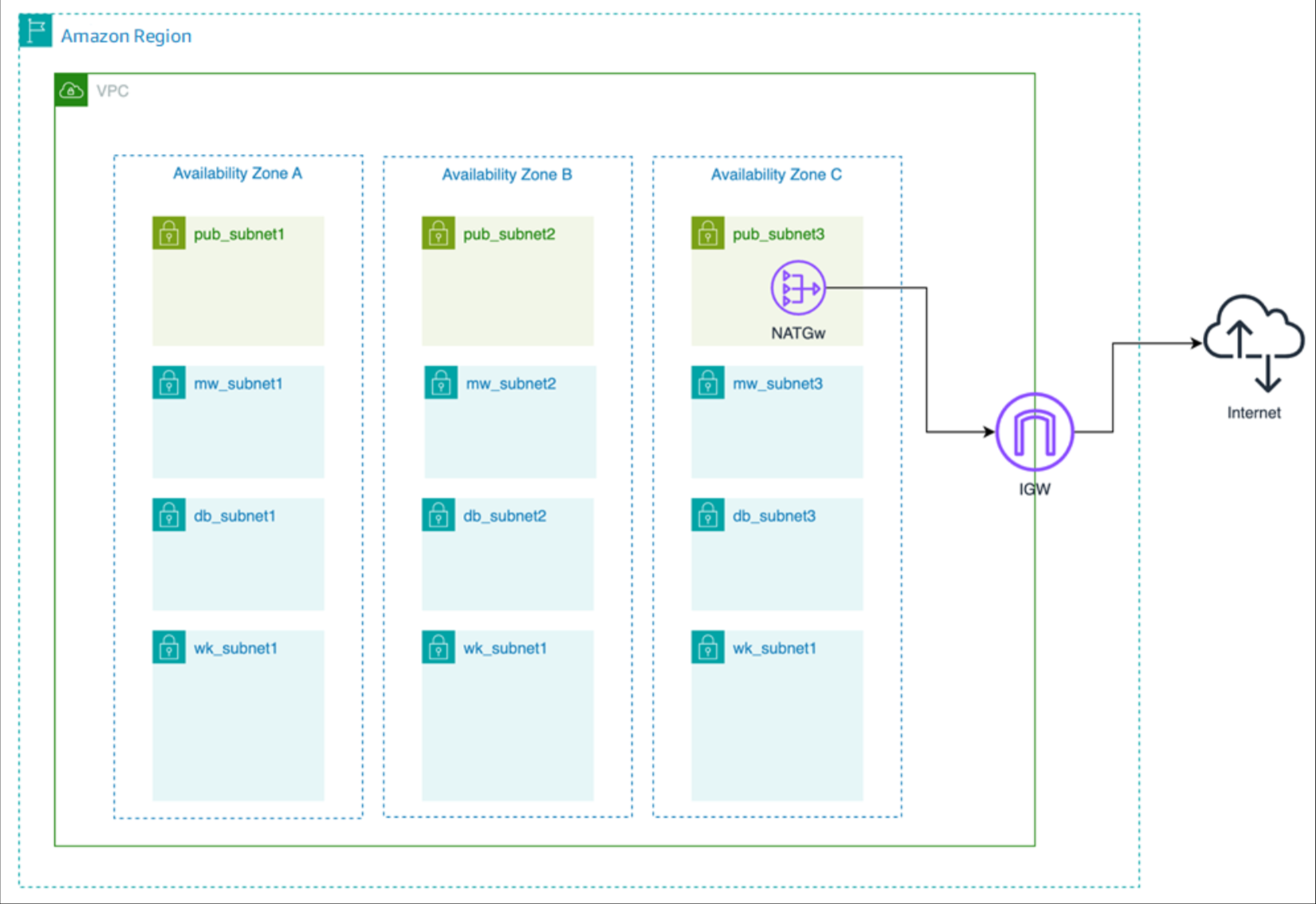

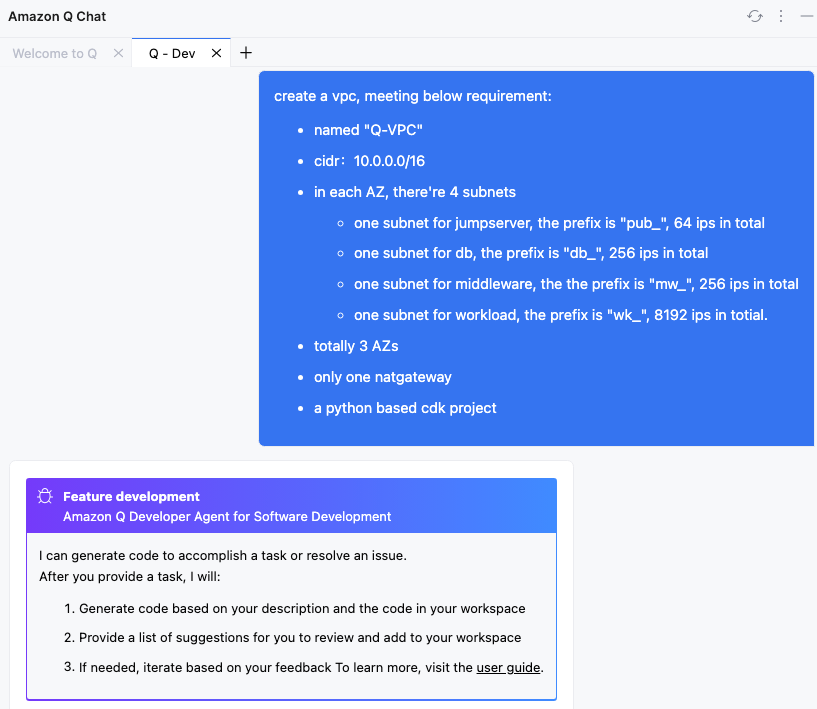
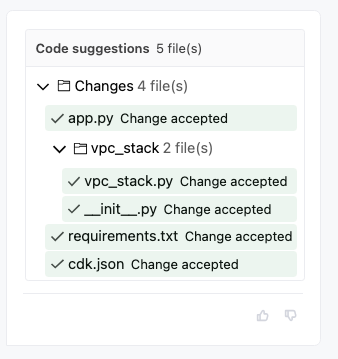
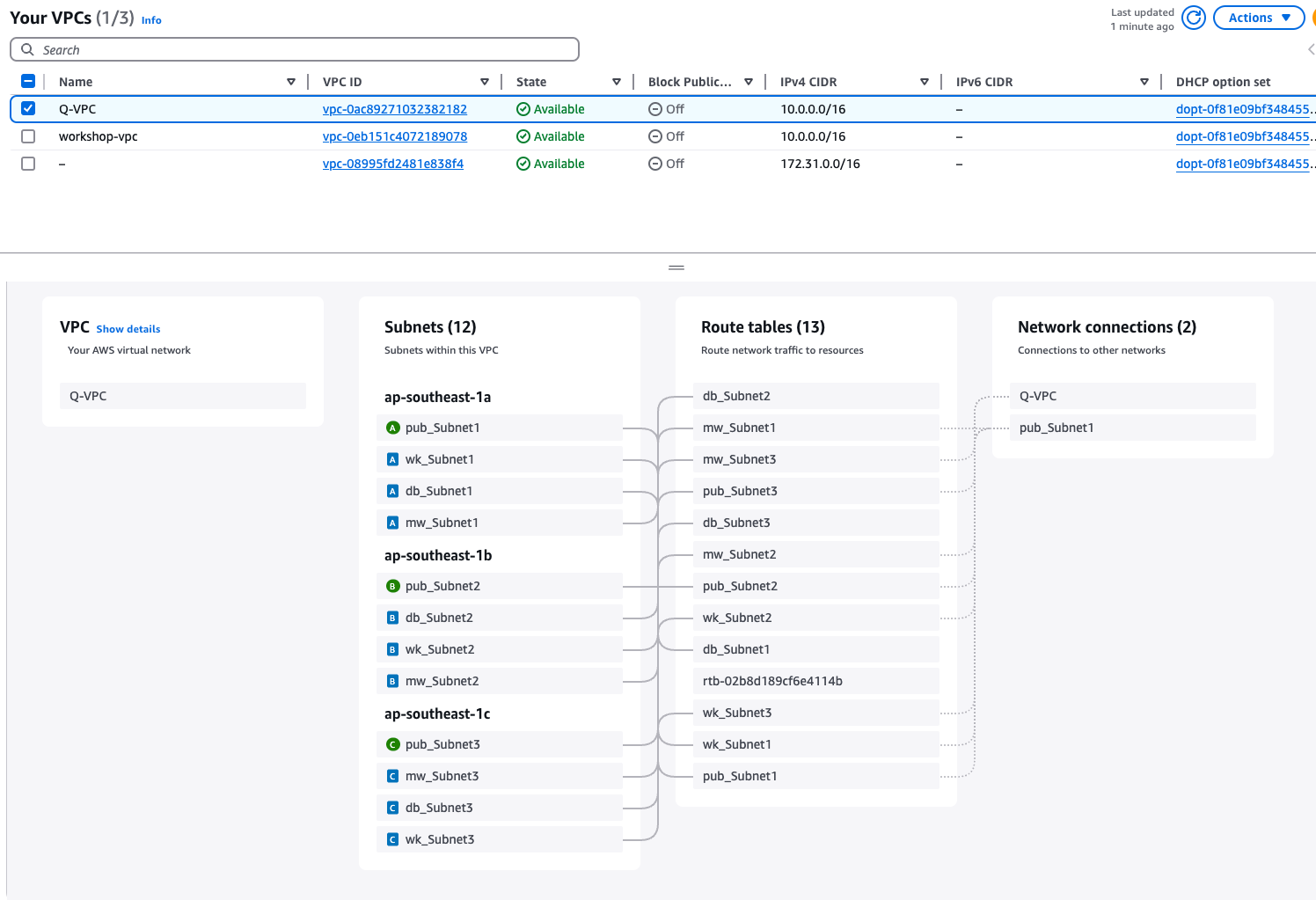
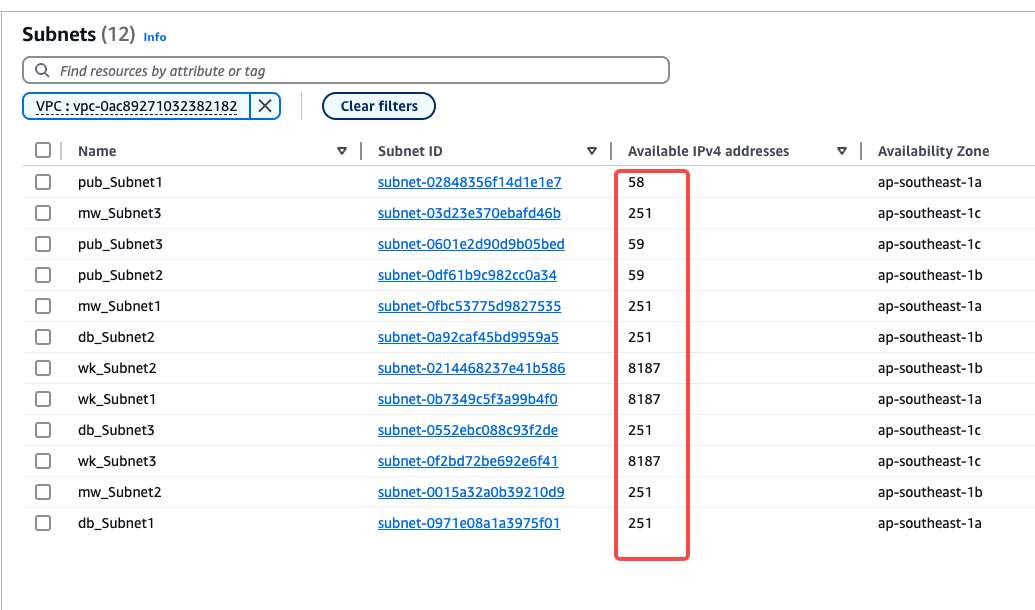
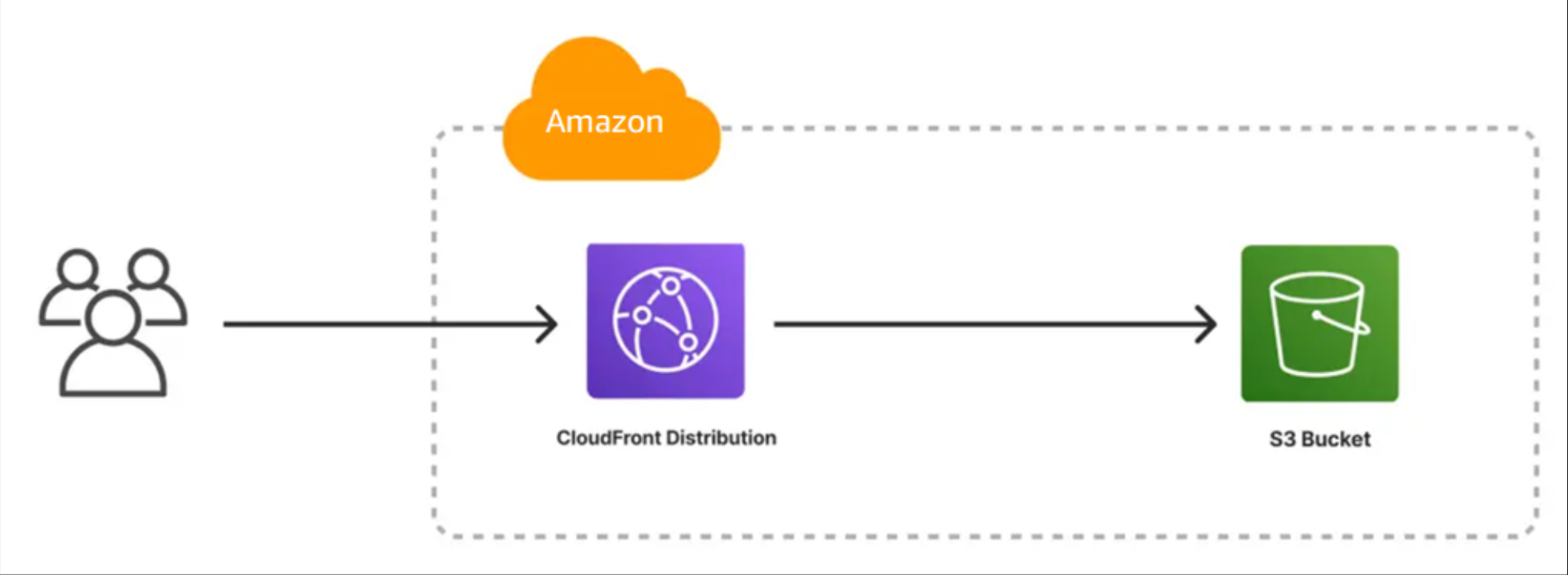
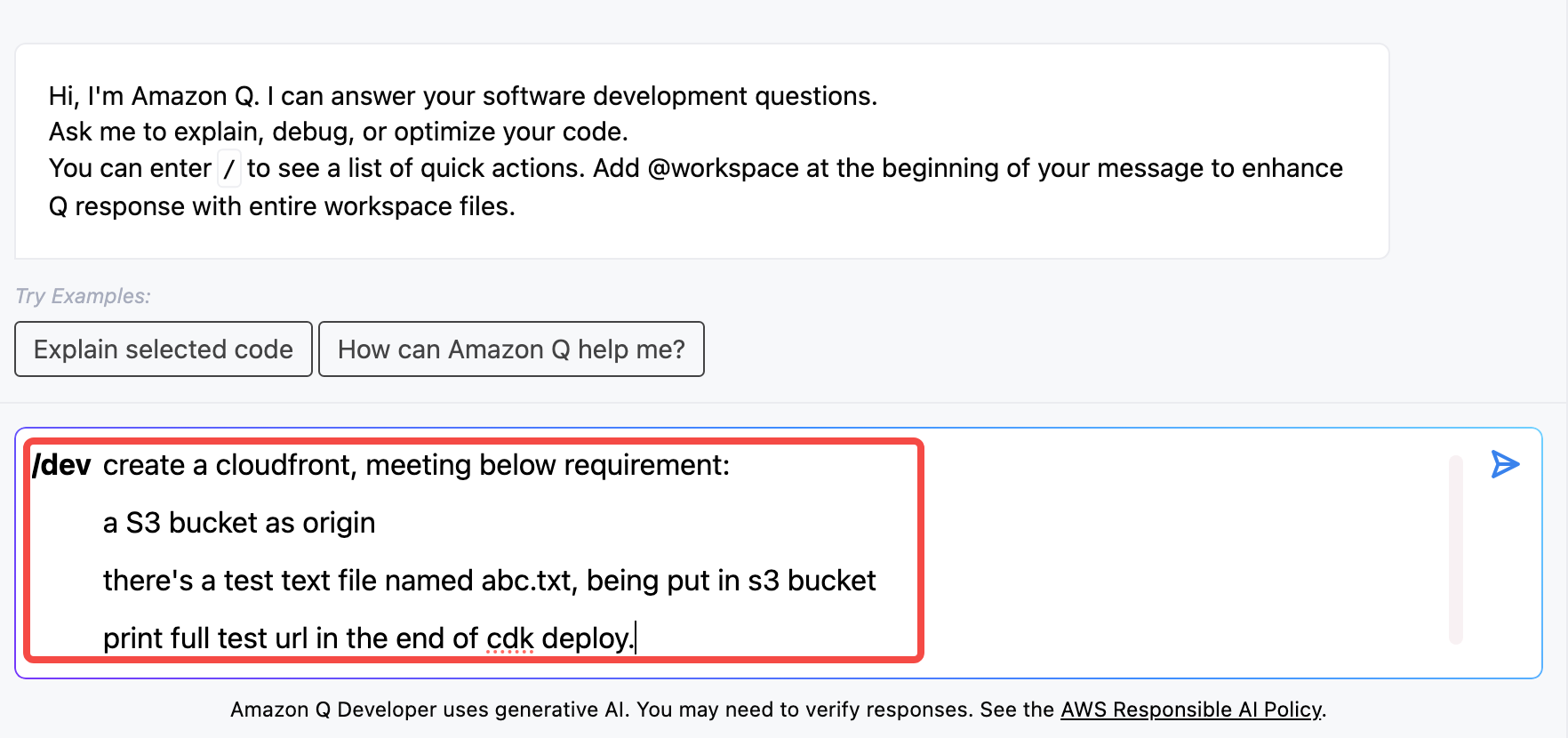
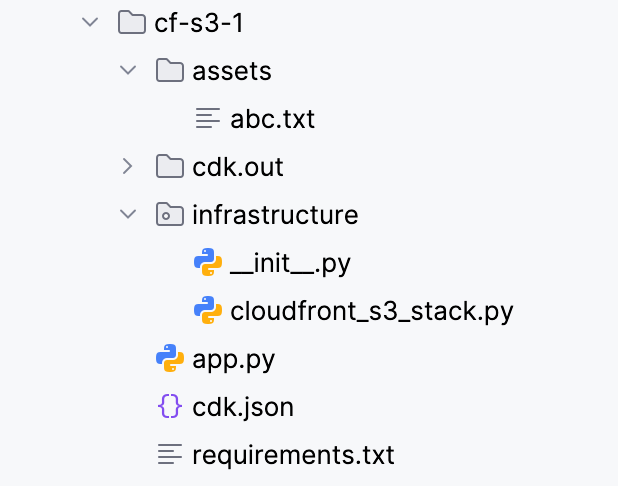
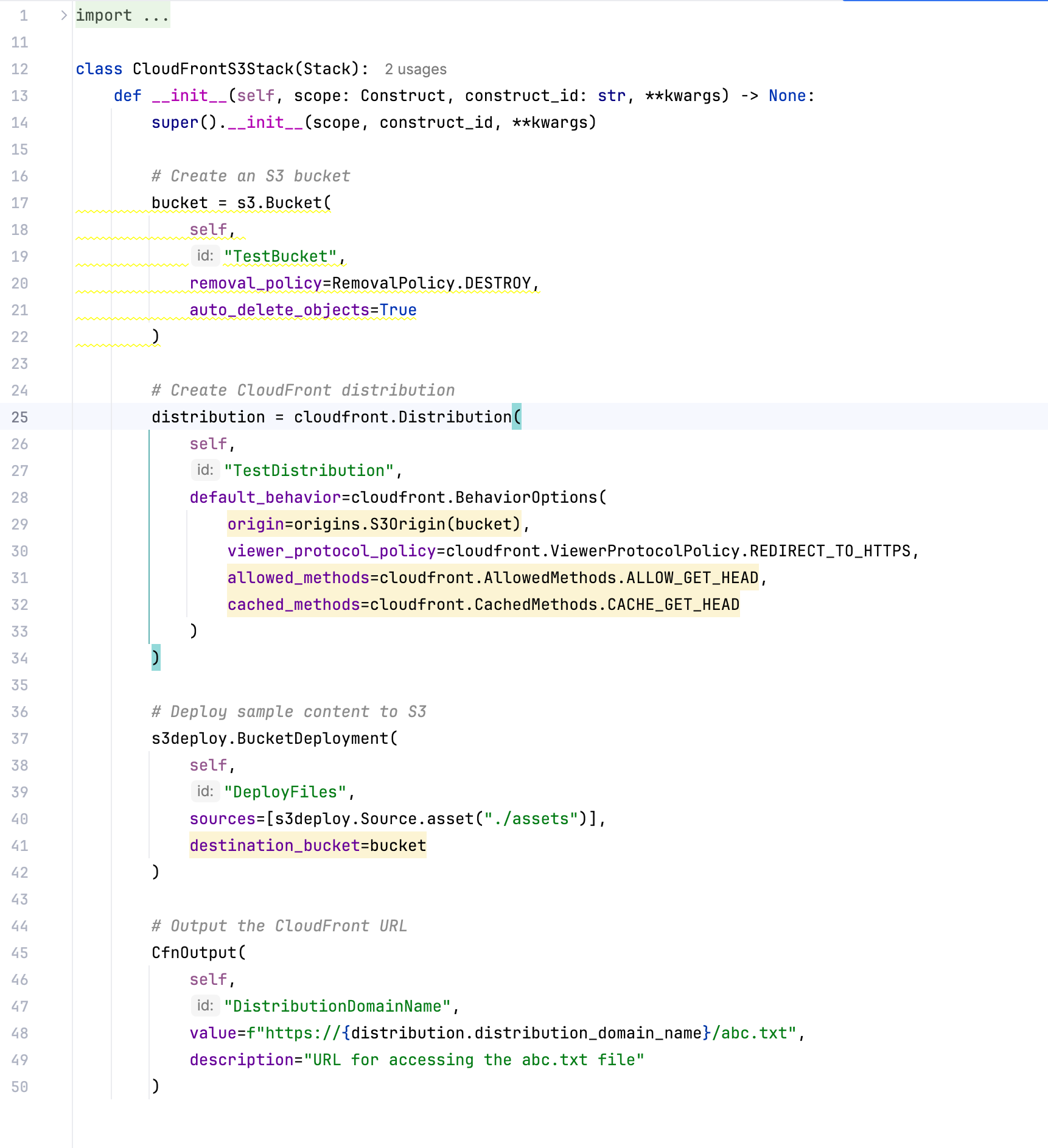



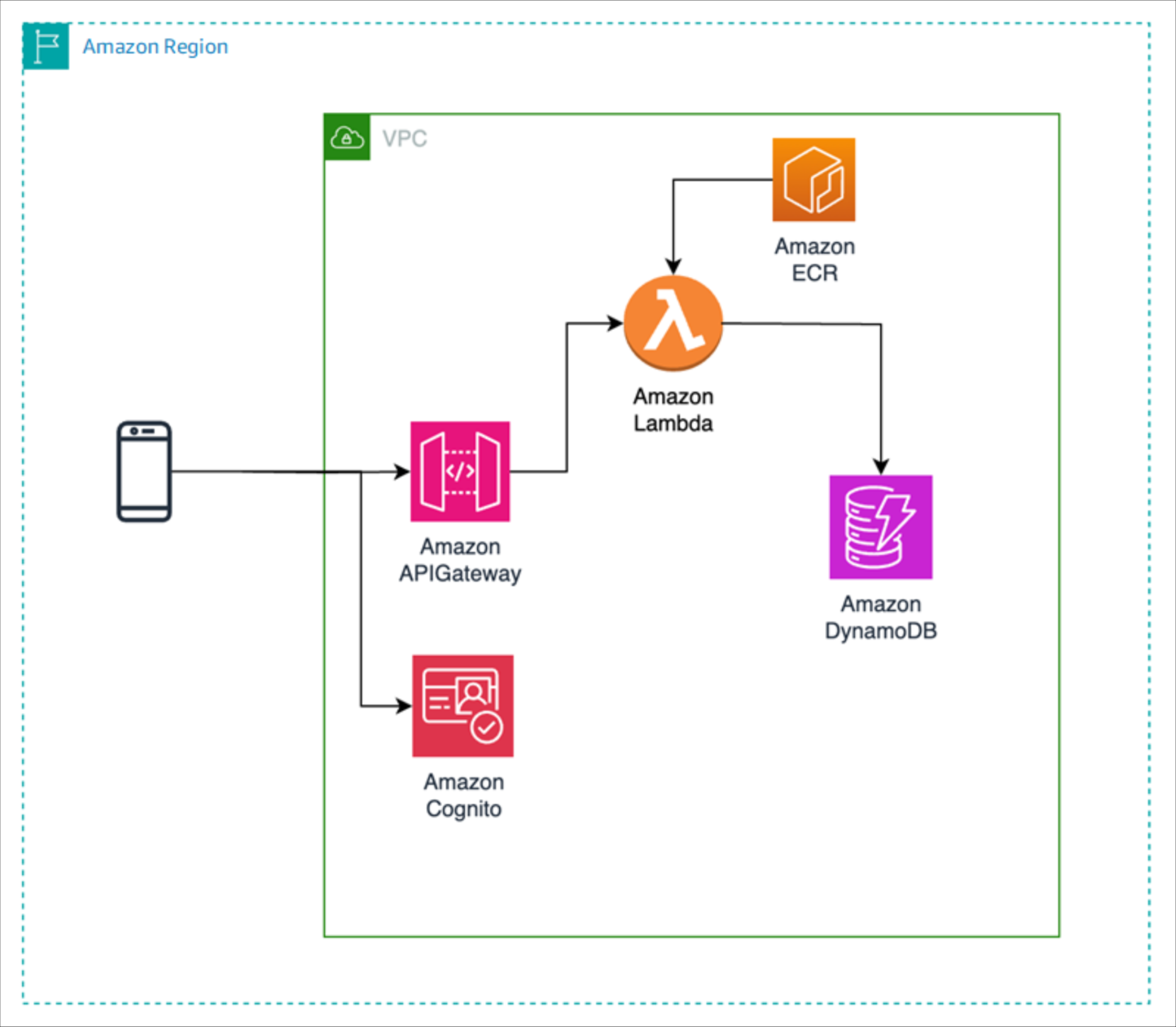
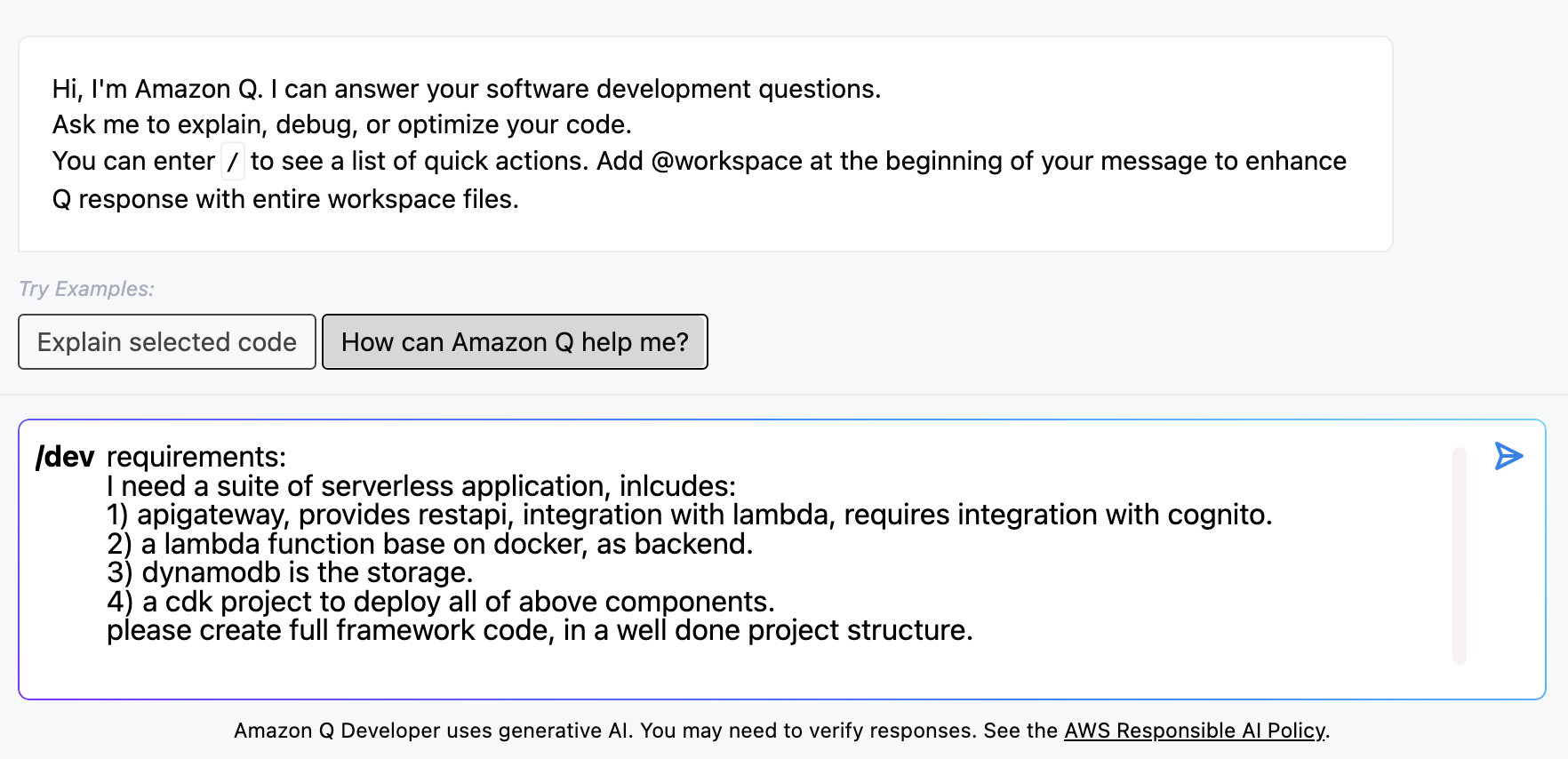
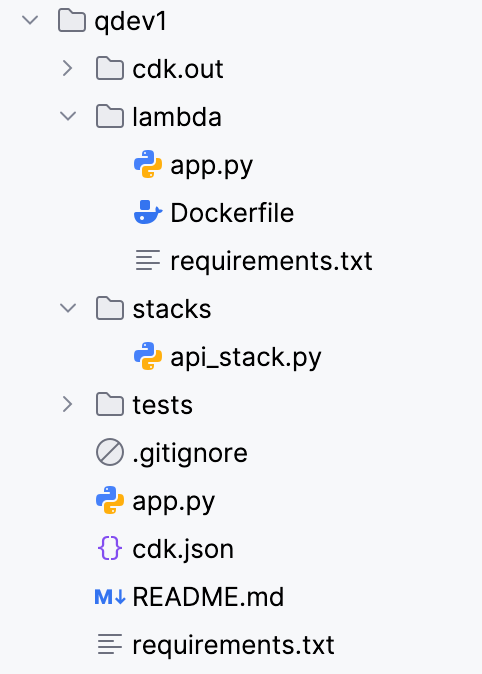
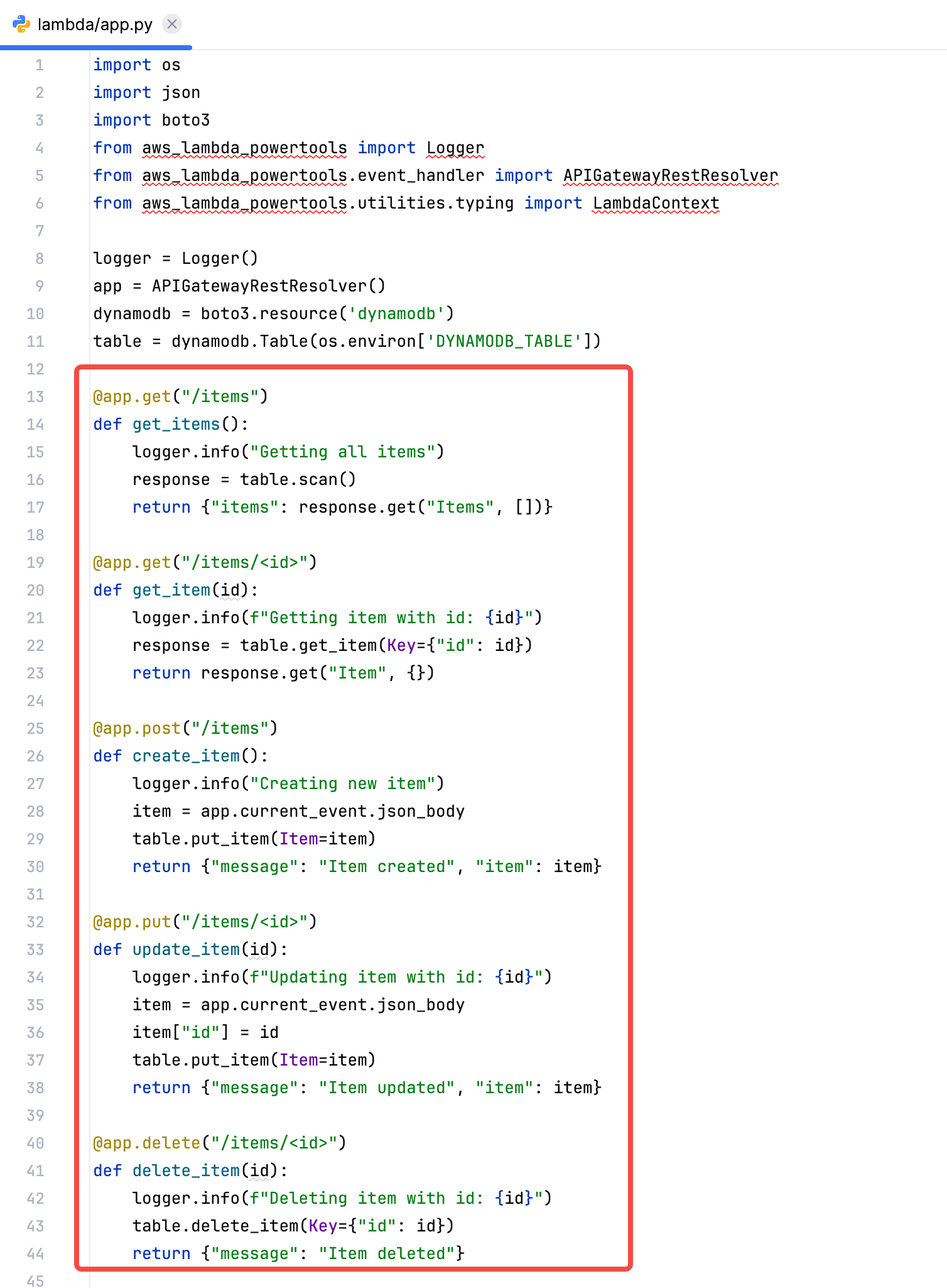


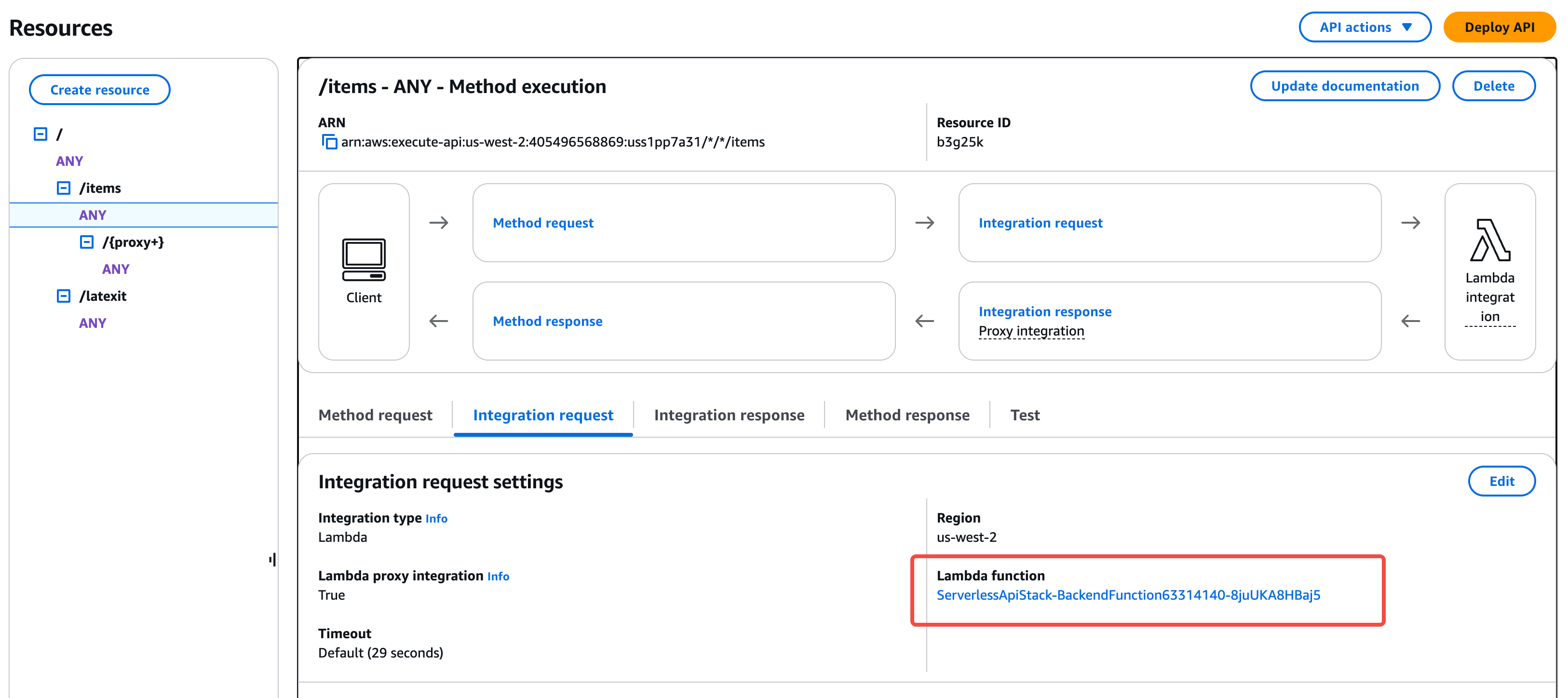
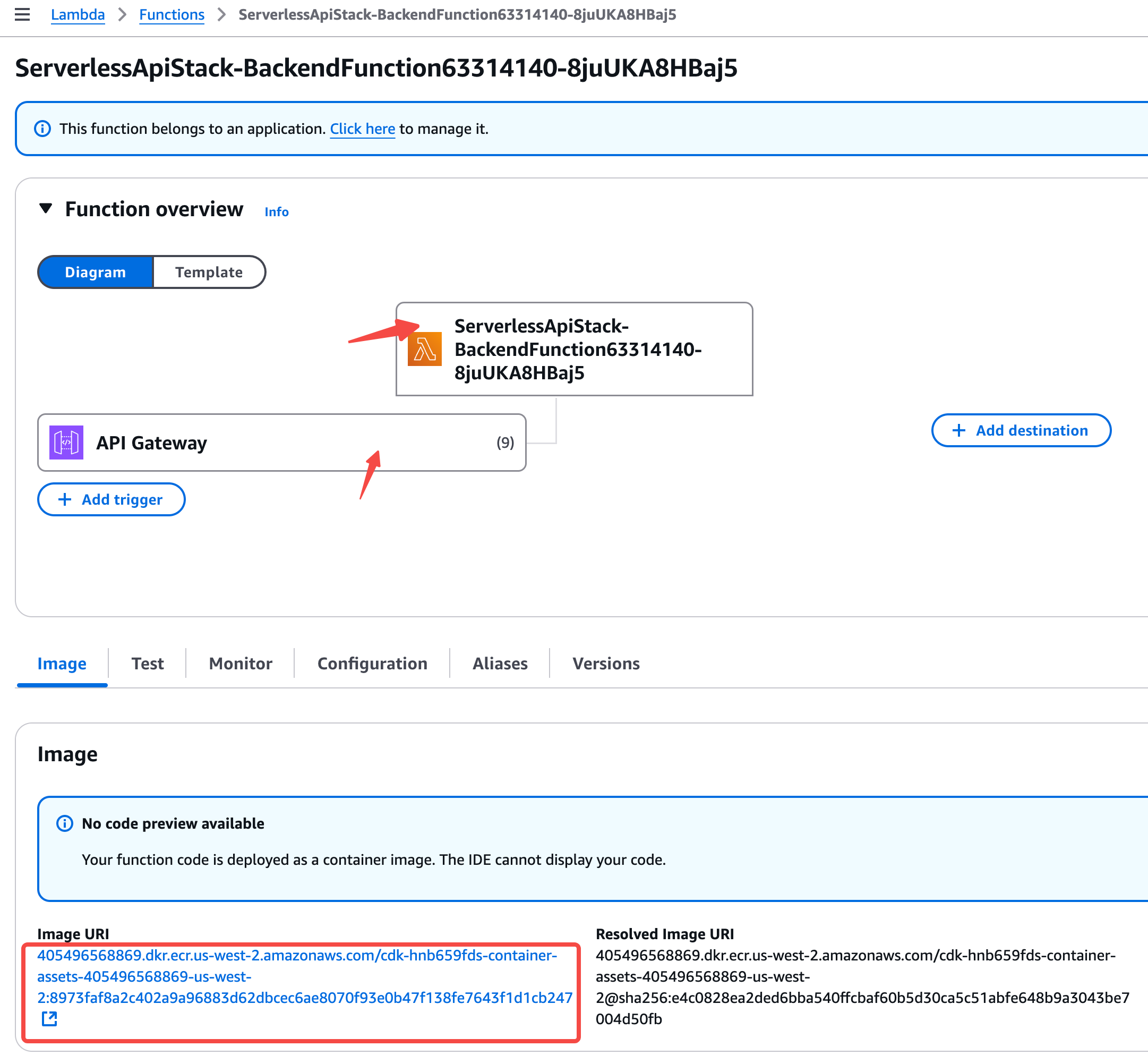
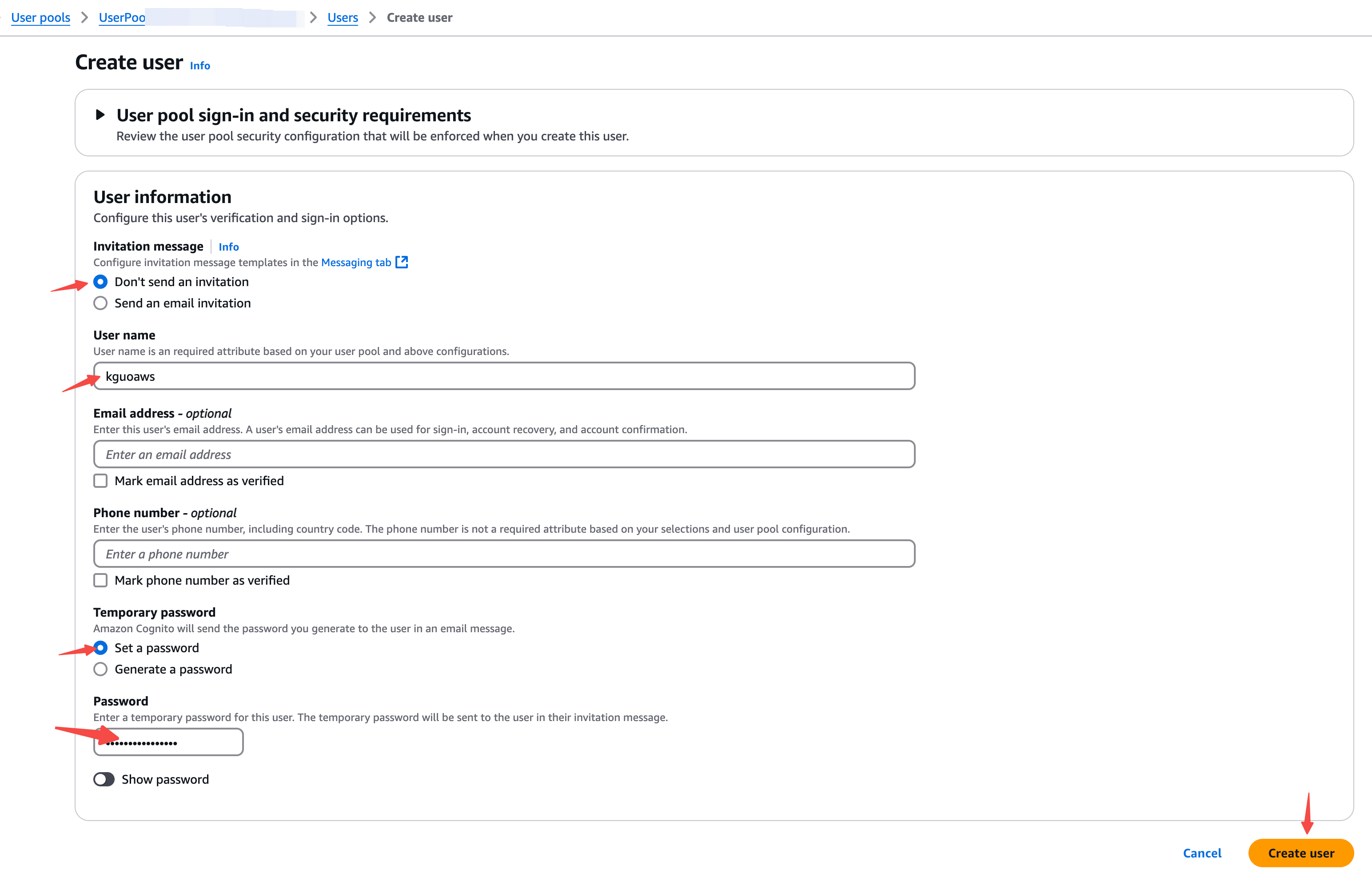
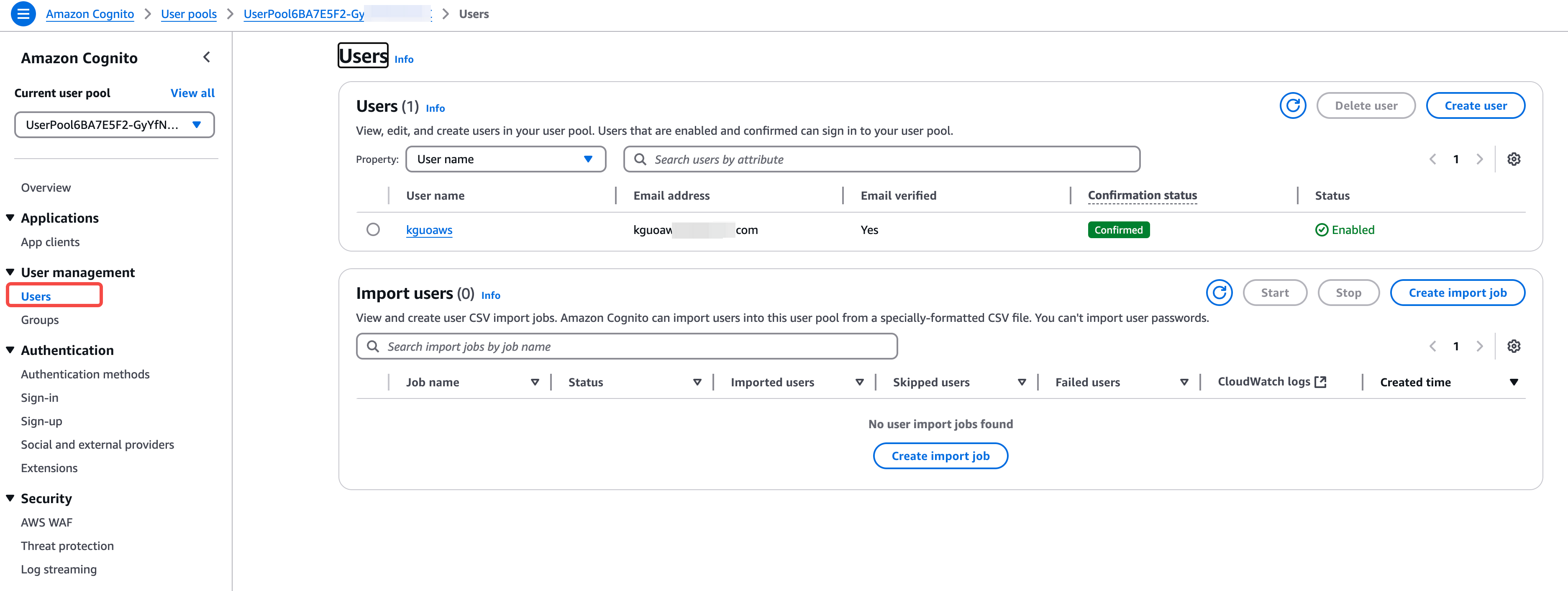

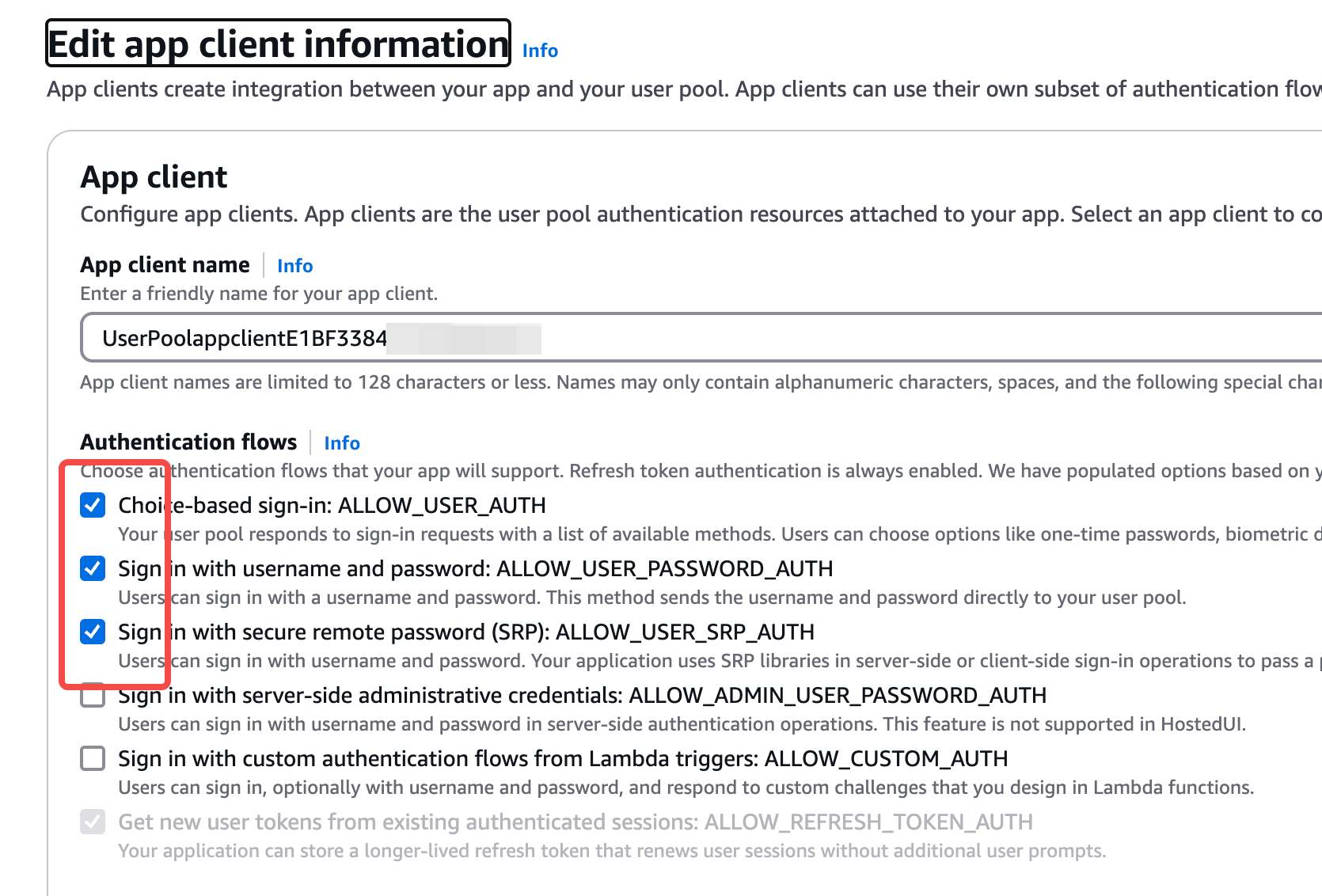
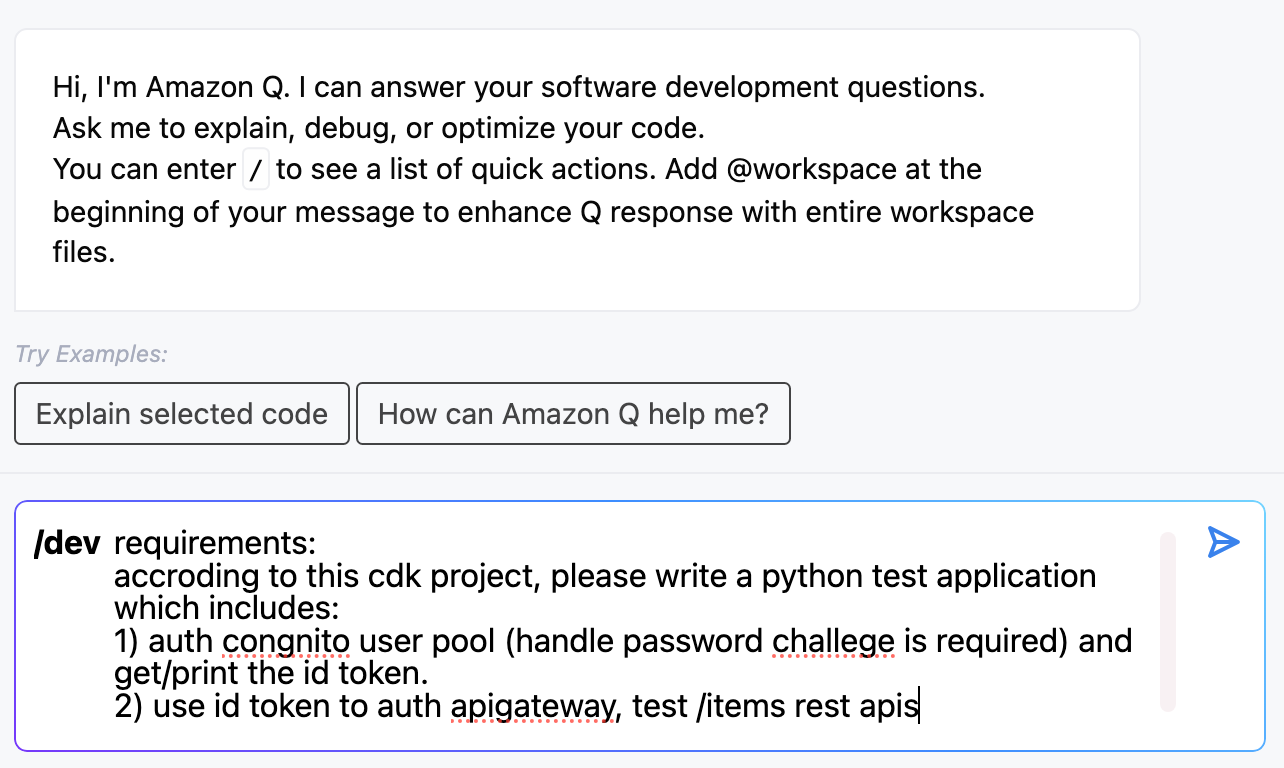











评论